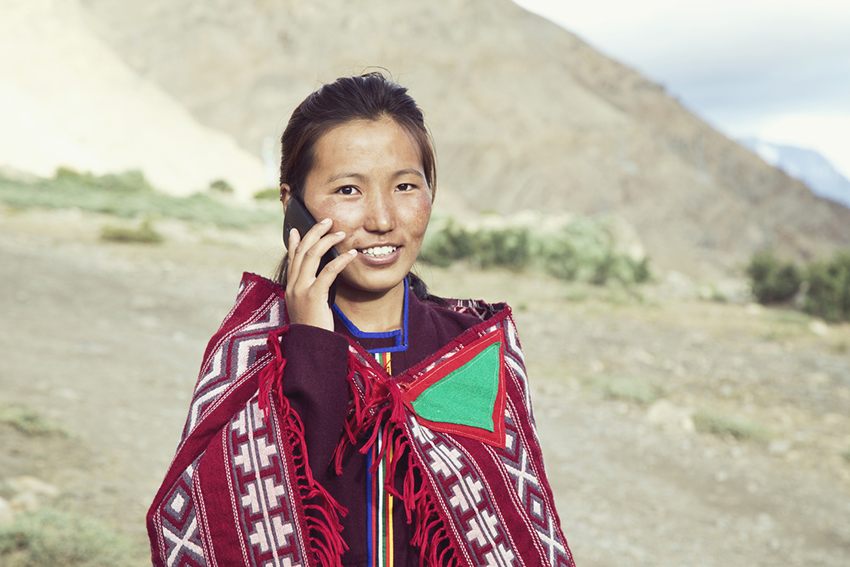
Photo Credit: iStock.com/triloks
Much has been written about the gender gap in mobile phone usage, specifically on why women are less likely to have access to this technology than men; why women are less likely to be technically literate than men; and why women are less likely to be aware of the many potential benefits of a mobile phone. We recognize that there is a gender gap, as high as 38 percent in South Asia. Within the development community, there is no disagreement that this digital gender divide needs to be addressed in order to drive women’s economic empowerment and ensure a more equitable future. However, there are varying points of view on how to close this gap.
While there is no magic formula that can close this gap, it is clear that before we look to balance digital access and adoption for women, we need to understand the underlying reasons for the divide. For instance, sub-Saharan Africa might have a 13 percent gender gap, but that statistic is not indicative of every community across the continent. Continent-wide averages actually mask significant variance between different countries, ranging from 8 percent in Kenya to 45 percent in Niger.
In order to understand the digital gender divide, we cannot depend on regional, country or even state averages. Instead, we must know how people interact with technology at a community level. Recognizing this, USAID commissioned the Gender and ICT Survey Toolkit to address the lack of gender disaggregated data at the sub-national level. The toolkit facilitates the collection of gender disaggregated information with a series of resources, including survey questions, focus group discussion guides and technical competence tests, as well as instruction on research design and data sorting. Breaking the findings down into key themes such as control, social norms and digital literacy allows the user to understand the specific barriers at play at a sub-national level, and how to address them.
If we don’t understand the shape and size of the digital gender gap, how can we effectively drive change? Share on XIf development practitioners don’t understand the shape and size of the digital gender gap, how can we expect to effectively drive change? Over the next few months, we will be rolling out the Gender and ICT Survey Toolkit to our USAID colleagues, and training partners and peers across development organizations in-person and with online webinars and workshops, to improve data collection on the digital gender divide.
With the Gender and ICT Survey Toolkit, we recognize that every community is unique and when we better understand gender dynamics, we can address the gaps effectively and respectfully. Through this resource, we hope to enable a more data-driven approach to ICT4D implementation, and in doing so, helping to close the digital gender divide.
